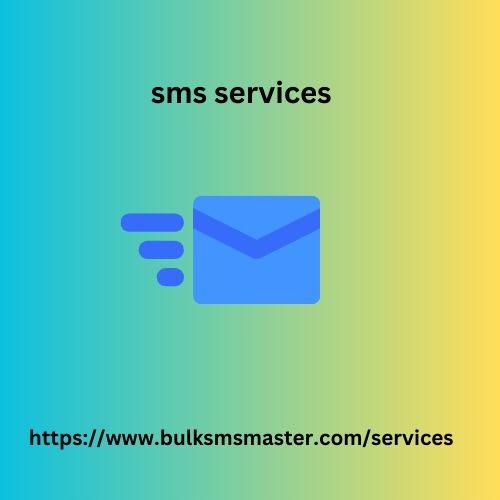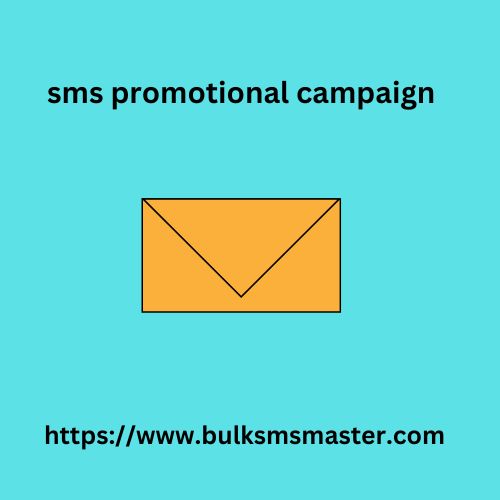target audience is. That means determining what their needs and preferences are, and how they consume content. This understanding shapes every aspect of your content strategy, ensuring that it resonates with and meets the needs of your intended audience. Implementing Audience Understanding: Persona Development: Creating detailed profiles for different segments of your audience based on demographics, behaviors, and psychographics. User Intent Mapping: Identifying what your audience is seeking at different stages of their journey and tailoring content to meet those needs. Engagement Analysis: Monitoring how your audience interacts with your content across platforms to continuously refine your approach. Why It’s Crucial: Understanding your audience ensures that your content is not just found but is also engaging, relevant, and valuable to those searchers who find it.
2. E-E-A-T Principles and Writing Helpful
Content Google introduced the E-A-T principle, standing for Expertise, Authoritativeness, and Trustworthiness, to guide content creators in producing content that ranks well. Google then added an extra ‘E’ representing Experience — meaning they want to highlight publishers with firsthand knowledge and personal experience in content creation. Implementing the E-E-A-T Principle: Showcasing Credentials: Highlighting the qualifications and experience of content creators. Create author’s pages for your blogs as well. Reference Authoritative Sources: Citing external, reputable sources and engaging in peer-reviewed research where applicable. Securing Testimonials and Reviews: Displaying user-generated accolades to enhance credibility. Sharing Firsthand Experiences: Providing unique insights based on direct experiences related to the content’s topic.
Keeping the E-E-A-T principle in mind whenever you
make content can both prove and enhance your site’s credibility. This, then, can boost your ranking potential, as search engines favor content that demonstrates a high degree of expertise, authoritativeness, trustworthiness, and experience. This goes hand-in-hand with Google’s Helpful Content Update, which puts a lot of weight on writing content that’s, well, helpful to users. Ultimately, the key here is writing content on your website that’s made primarily for humans, and to help them solve whatever problems, questions, or needs that prompted them to use Google in the first place. Want to know how to do that, while ensuring your content is still search engine friendly? Then follow my guide on how to rank for Google’s Helpful Content Update.
3. Content Audit and Refresh A content audit and
refresh involves systematically reviewing and updating your website’s existing content to enhance its relevance, accuracy, and SEO performance. This step of your content checklist ensures that all the content your website has stays up-to-date, authoritative, and valuable even if years have passed since it was first published. Implementing a Content Audit and Refresh: Inventory and Evaluation: Creating a comprehensive inventory of all content assets and assessing their performance against current SEO standards and user engagement metrics. Identify Gaps and Opportunities: Analyzing the competitive landscape to identify content gaps and opportunities for improvement or expansion. Update and Optimize: Revamping outdated information, improving content structure and readability, and optimizing for current on-page SEO best practices.
The digital landscape and user preferences are constantly
changing. So, auditing your bahrain phone number library content regularly ensures your content remains relevant, valuable, and competitive — improving your SEO performance and user engagement. When it comes to ranking on Google, the work you do on your website is only half the job — the rest comes down to your off-page SEO strategy. Building your off-site presence can make all the difference in traffic, search engine rankings and revenue. Table of Contents Show Searching for an off-page SEO checklist to help your site rank higher in Google? You’re in luck. I have here a simple yet effective list for you to work through — complete with all the best practices as of 2024.
Off-Page SEO Factors Your biggest competitors
have probably perfected their on-page SEO. It’s highly competitive, too. It’s why businesses invest in services like ours, and why others build their own in-house team to optimize their websites. So how do you get a leg up on the competition? The answer is off-page SEO. All things equal — content, UI/UX, site speed, all on-page factors — what sets one website apart from the others is how authoritative they are in its niche. To build authority, you need to show Google that other websites and industry leaders trust you. And what do we do when we trust a source of information? We reference it and link back to it in our writing.
See where I’m getting at? Think of each external link
as an endorsement for your site, encouraging if you don’t want a certain page or image to be crawled s earch engines to boost your position in their rankings. If you want to succeed this 2024, then you have to start investing in your off-page SEO. Webmaster’s Note: This is part three of our SEO checklist series. Part one covers our technical SEO checklist and part two covers on-page SEO. Take a look at those if you haven’t seen them yet. 1. Link Building The core aspect of off-page SEO. Link building is the process of getting more hyperlinks (also just called a “link”) from other websites to your own. Key Strategies of Link Building: Content Creation & Promotion: Create high-quality content that people want to link to because it is valuable.
Use this to get links organically from other
webmasters. Backlink Outreach: china phone numbers Contacting relevant, authoritative websites and influencers in your niche to introduce your content and secure backlinks. Here are four ways to successfully pitch your outreach to other webmasters. Guest Blogging: Do outreach right, and you’ll get the opportunity to write articles for other reputable websites. This can result in a backlink to your site. Here’s a separate guide on how to effectively guest blog. replacement. I have a broken link building tutorial for beginners for you to follow for this step. Link Intersect Analysis: You can also steal links from the competition.




